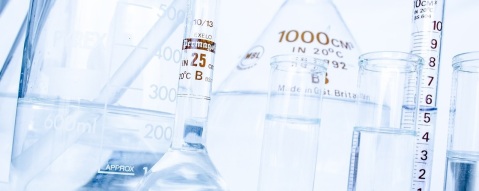Latest evolution of chemical and toxicological analysis methodologies

July 3, 2023
Work Package (WP) 1 will develop and validate chemical and toxicological methods and strategies for the implementation in PROMISCES activities. In the initial phase, WP 1 focused on implementing the essential components of the analytical methods required for the project.
In close collaboration with the case studies, where the methods will be applied, six different laboratories (BRGM, BWB, CSIC, ACEA, BaFG, TUW) worked together to develop relevant methods. Specifically, the methods cover 13 different groups of PFAS, comprising a total of 62 compounds, and can be applied to various matrices. We targeted environmental compartments such as sediments, soils, sludges, leachates, plants, surface waters, groundwaters, wastewaters aiming to enhance the characterization of compound fate and transfer. In addition, all matrices related to the remediation experimentations including concentrates, stacks, recovered nutrients were considered.
Regarding iPMT, an initial characterization of occurring pollutants was carried out using non-target screening approaches, leading to the identification of over 100 compounds at two sites under monitoring. The next step in the following weeks involves developing comprehensive methods focused on TOP assays and characterizing the organic fluorine content.
Teams working on toxicological tools (BDS, UBA, QSARLAB, and INERIS) conducted extensive toxicological investigations to identify 15 different end points (such as cytotoxicity, oxidative stress, obesity, endocrine disrupting properties) associated with PFAS exposure. Bioassays, particularly CALUX bioassays, were used to assess the effects of PFAS compounds in in vitro systems. Furthermore, we have defined new in vitro Relative Potency Factors (RPFs) for 45 PFAS based on the toxicological data obtained. Simultaneously, investigations are underway to explore QSAR tools for different endpoints.
Now is the time to implement all these methodological outputs to the case studies, to firstly experience them, but also, start acquiring new data!
